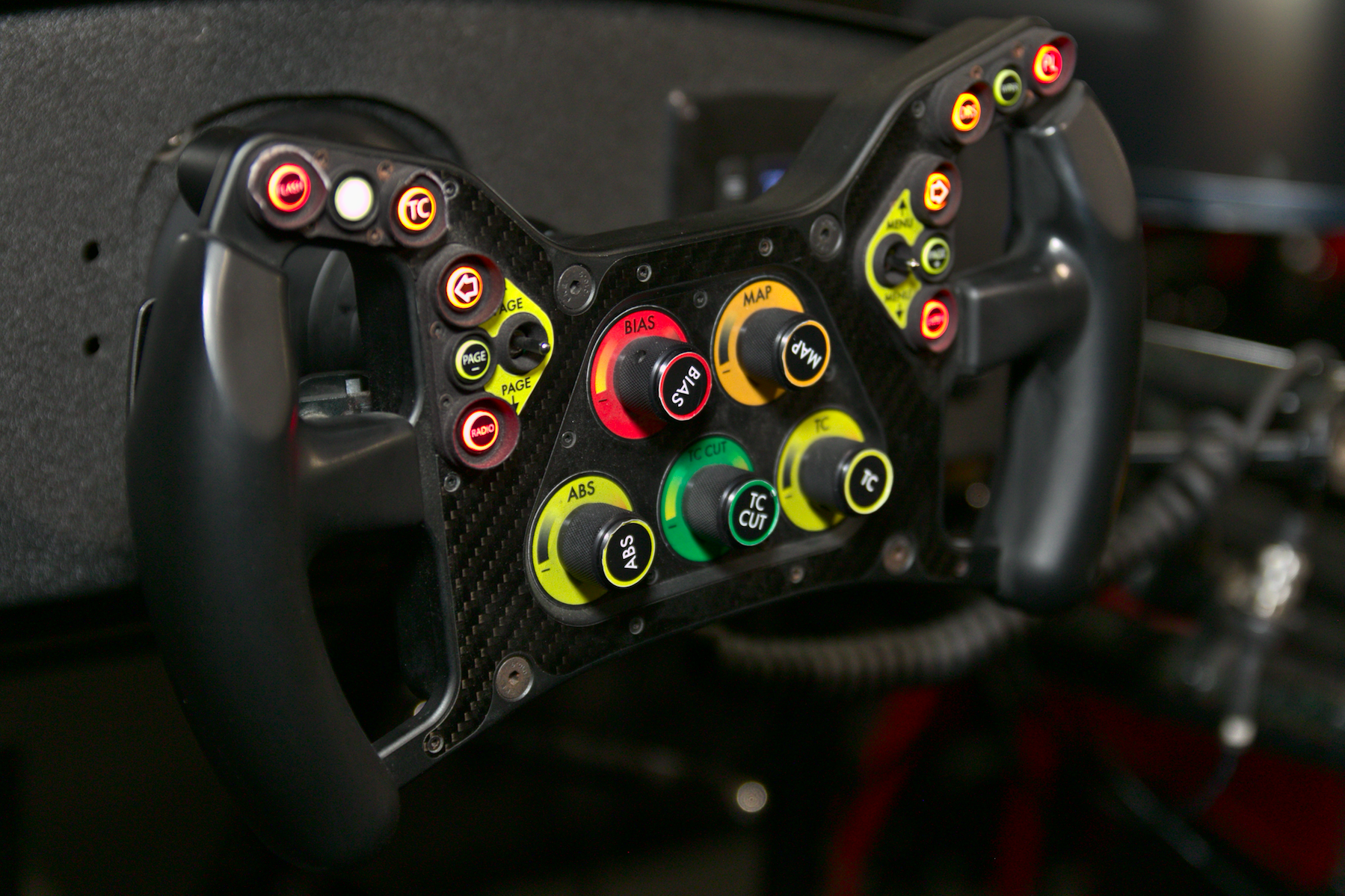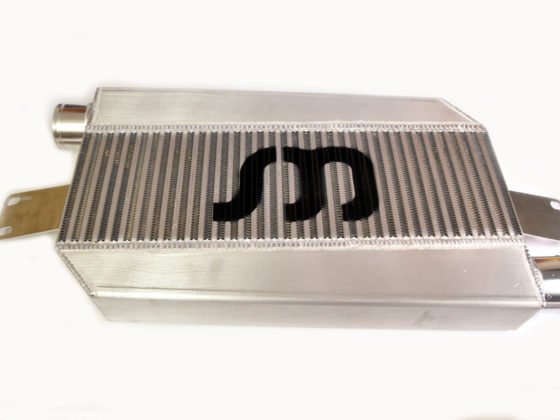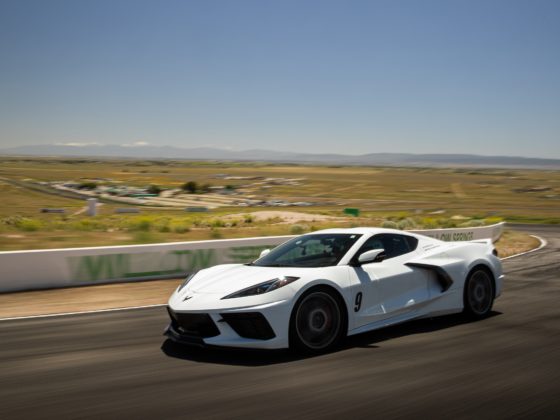
William “Skip” Dexter MacDonald started as an engineer at Kodak working on their disc camera but eventually found himself in a non-technical director position involving government contracts.
Throughout his life, Skip had had a fondness for aircraft and airplanes. Mr. MacDonald served honorably in the Air Force as a mechanic for a while. He also loved computers and technology. Skip’s first foray into the combination of the two passions was a “game” called O’Hare, an ATC simulator, programmed on an old pre-PC-XT computer.
When Skip finally retired in 1997, he wanted to revisit his engineering roots, and he started tinkering with motion simulation with a focus on aircraft and flight sims. He used many simulators over the years, from Microsoft Flight Simulator to X-Plane and others. And so he started to build his first motion simulation prototype over the next two years.
The critical realization Skip MacDonald had was regarding how objects rotate and translate in space roughly around the center of mass. By designing a simulator that moves the participant through these six degrees of freedom (roll, pitch, yaw, sway, heave, and surge) using a platform on concentric gimbals (like a kid’ gyroscope), Skip created a cockpit that would provide a realistic sensation of motion.

Skip started selling plans for how people could construct motion simulators on their own, and that, in essence, was the start of the company called SimCraft.

Skip only survived about five years after his retirement, and that left Sean with his dad’s passion project and the job of trying to figure out if it would be able to come to fruition as a viable business. Over the years, Sean had grown up with the computers and flight simulators and toys that dad had accumulated. The passion was there. But was aviation the right target market?
In time, Sean realized that motorsport would be a more demanding application of the SimCraft motion simulation technology, mostly due to the rigors and dynamics of simulating a high-speed ground-based vehicle. Thus, the early SimCraft flight simulator cockpits evolved into the top-of-the-line Apex Pro motorsport simulators.
Of course, it’s impossible to recreate the actual G-force experience that one would feel in a race car or airplane without moving an entire cockpit at high velocities over great distances. However, this scaled experience using the SimCraft motion simulation technology provides valuable physical feedback that is directly correlated to what the simulated vehicle is doing.
In other words, you aren’t going to feel 2 Gs of braking in a SimCraft cockpit. You will feel plenty, though, and what you feel will make sense in the context of your understanding of how a car moves. That gives you the insight to change how you are driving the sim, which gives you new feedback. Lather, rinse, repeat. This feedback loop is all directly applicable to when you get in the real car because it’s a proportional version of the real thing. Or, at least, as accurate as the simulator software can approximate.
I was able to sneak into SimCraft on the weekend. More accurately, I was allowed to come by when someone had a reason to let me in to take photos. Which is why it was a little bit of a mess: I wasn’t exactly expected.

I drove it on one of their top-end simulators, the Apex6 Pro, which implements all six degrees of freedom. I have never driven a car like this before in real life or any simulator. I have driven Road Atlanta quite a bit in both real life and simulator form. Typically when I drive a super-fast car like this in a sim, I end up putting it into a wall pretty quickly. There’s no feedback without a motion simulator, so it’s super challenging to judge braking, or even how you are changing your braking or really anything that the car is doing. OK, maybe you hear some tire squeal, but it doesn’t help much.
However, because I was in a 6-degree-of-freedom full-motion simulator, and it was providing superb feedback about what was happening to the vehicle, I was able to pick up speed very quickly and start turning fairly good lap times without much effort. I won’t embarrass myself by telling you my actual lap times, but let’s just say I picked up considerable speed without putting the car into a virtual wall.



